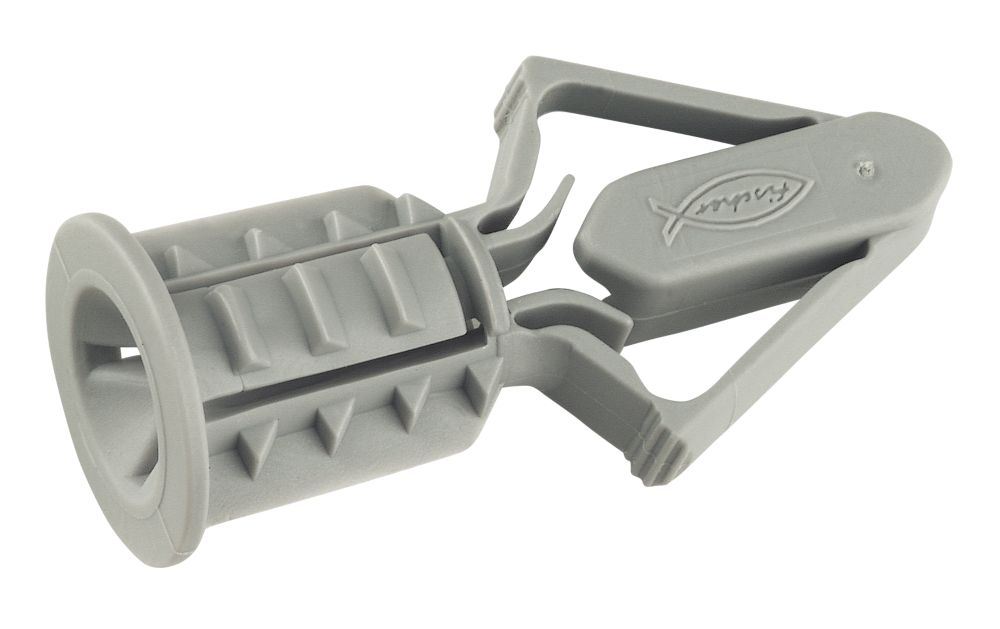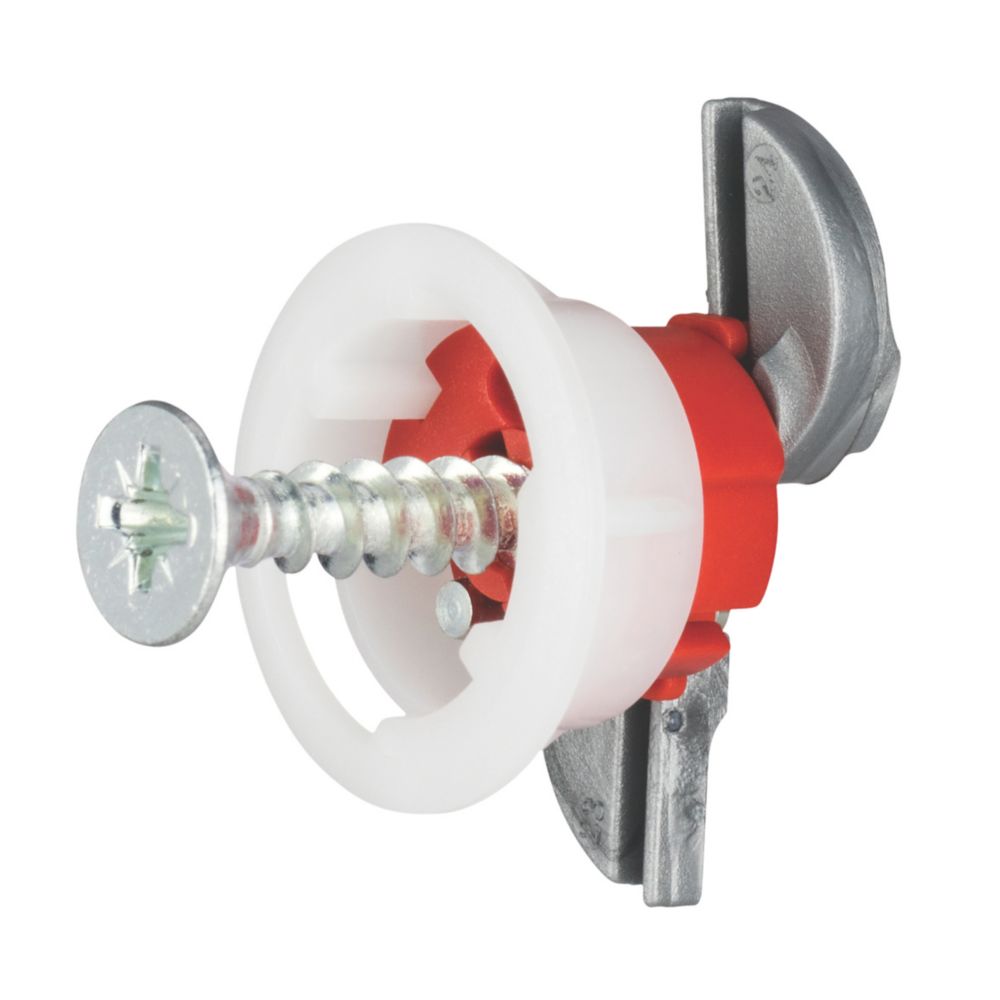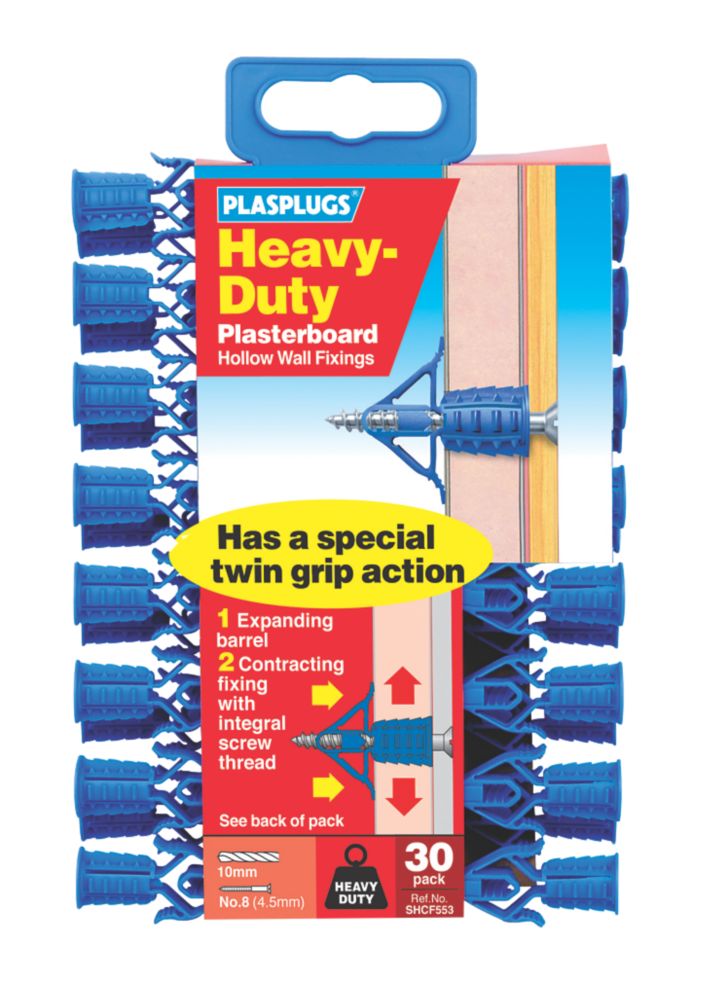Okay, here is a question with a view to being lazy...
I have three curtain connected rails in a Victorian terraced bay window (tall).
Installing, in 2013, was... a learning curve... hitting all sorts of hard stuff... lintel of concrete and steel, I'd say. It was like a journey to the centre of the Earth.
Fast-forward to 2022, and most plugs are coming out.
I think the options for fix are...
1. Use same holes, bigger and better plugs.
2. Drill new holes, avoid the steel bit of the lintel
3. Drill new holes, avoid the lintel altogether
4. Wooden batten for extra stability - secure to wall and the batten.
5. There's this weird online article where she glues a batten to the wall (!) - but I expect it is a lightweight rail and lightweight curtains.
Anyway, in my four walls, someone raised a lazy option of which I'm dubious...
6. Re-establish the rawl plugs in-situ by caking the hole with something like GripFill Xtra (I mean, if it will stick a brick to a wall!).
Personally, I'm suspicious this could work to provide the stability necessary.
Any thoughts?
Thanks.


I have three curtain connected rails in a Victorian terraced bay window (tall).
Installing, in 2013, was... a learning curve... hitting all sorts of hard stuff... lintel of concrete and steel, I'd say. It was like a journey to the centre of the Earth.
Fast-forward to 2022, and most plugs are coming out.
I think the options for fix are...
1. Use same holes, bigger and better plugs.
2. Drill new holes, avoid the steel bit of the lintel
3. Drill new holes, avoid the lintel altogether
4. Wooden batten for extra stability - secure to wall and the batten.
5. There's this weird online article where she glues a batten to the wall (!) - but I expect it is a lightweight rail and lightweight curtains.
Anyway, in my four walls, someone raised a lazy option of which I'm dubious...
6. Re-establish the rawl plugs in-situ by caking the hole with something like GripFill Xtra (I mean, if it will stick a brick to a wall!).
Personally, I'm suspicious this could work to provide the stability necessary.
Any thoughts?
Thanks.




